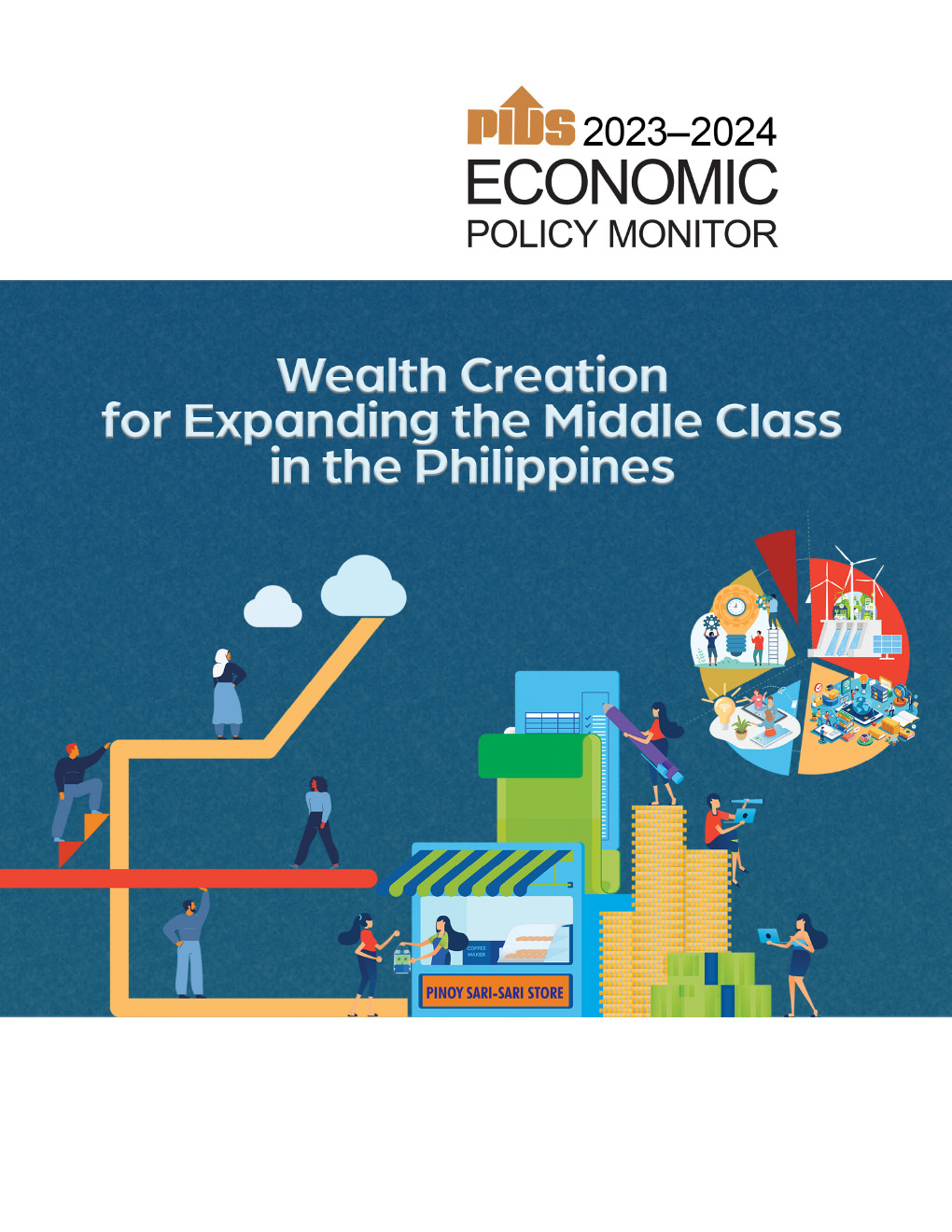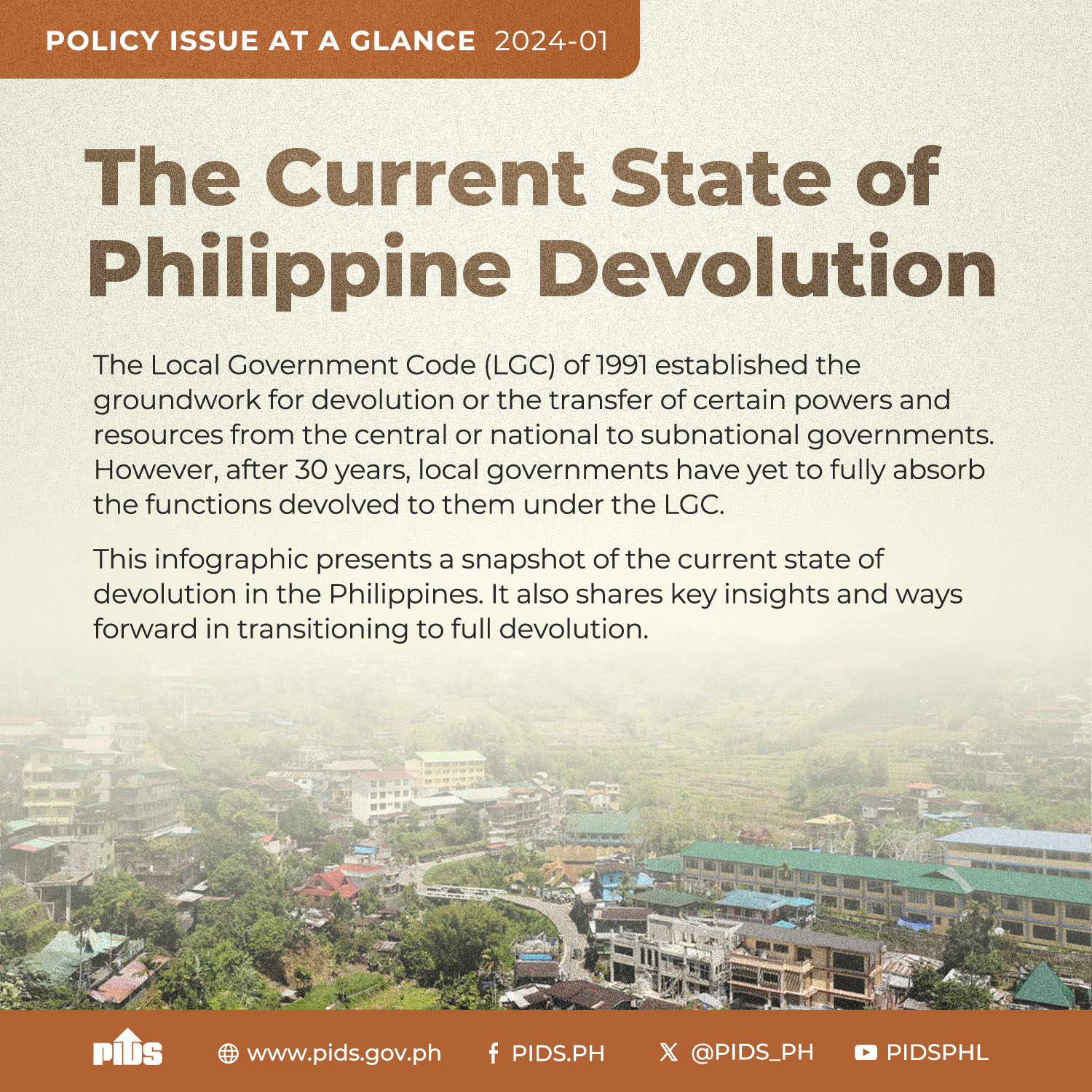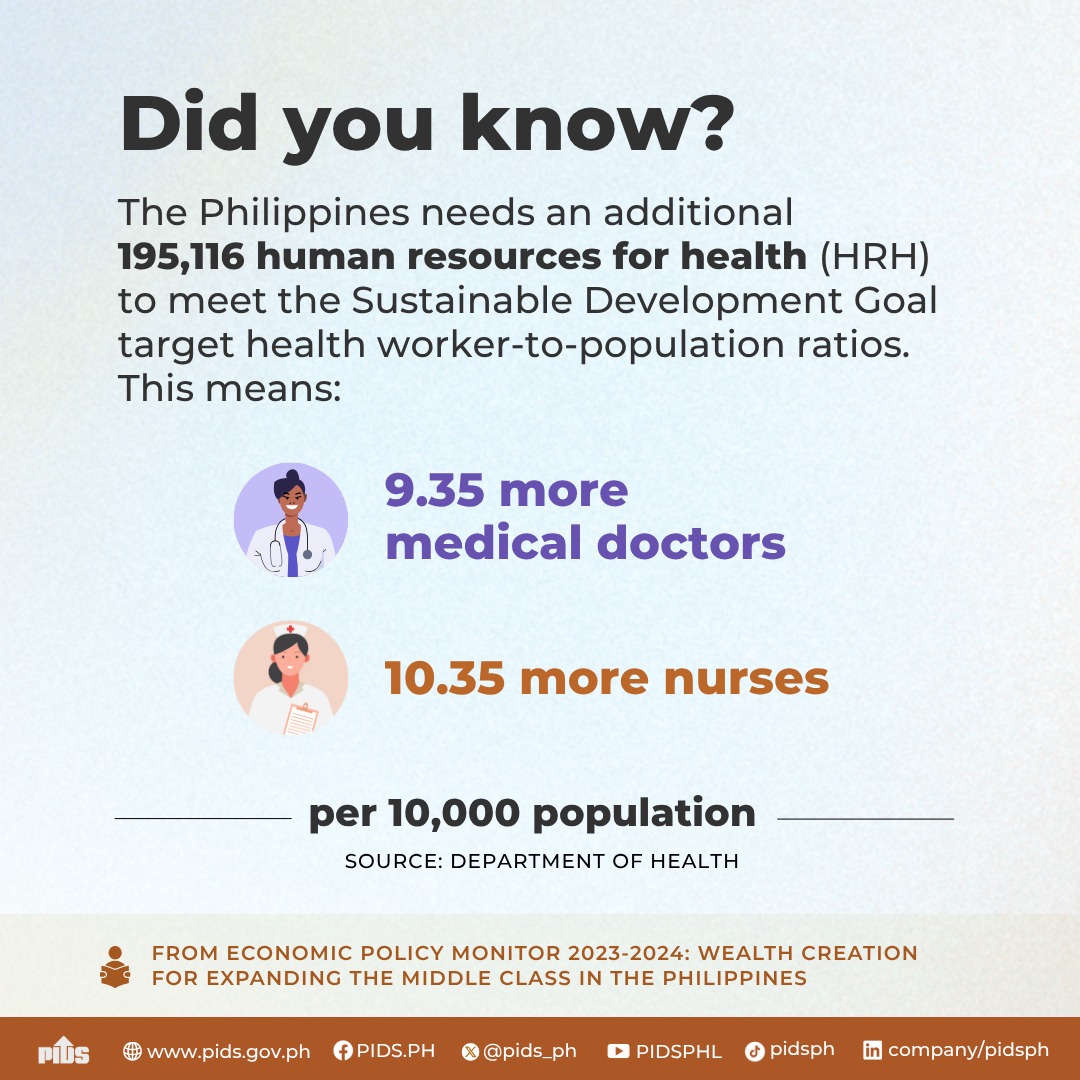The policy-setting Monetary Board of the Bangko Sentral ng Pilipinas (BSP) is likely to resume a cycle of monetary easing by shaving 25 basis points (bps) off its key interest rates when the board meets later this week.
This means the central bank would resume from a pause since February when a pall of global trade uncertainty set in, analysts said over the weekend.
The lower US import tariffs imposed on the Philippines compared with other countries, as President Donald Trump announced on Thursday, followed by the report on Friday that Philippine inflation eased further in March, give the Monetary Board the confidence to resume cutting interest rates when it meets on April 10, analysts interviewed by Malaya Business Insight said.
Inflation, as reported by the Philippine Statistics Authority (PSA) on Friday, slowed further to 1.8 percent in March from 2.1 percent in February and 3.7 percent in March 2024.
“Hence, like a cowboy entering a saloon, the BSP is likely to enter next week’s rate setting meeting with a swagger. The door to continue the easing cycle has now swung even wider,” HSBC economist for Asean Aris Dacanay said.
Easing cycle restart Dacanay said in a report after Friday’s inflation data that restarting the easing cycle is expected to support domestic demand and make “the BSP’s monetary transmission more efficient.”
“(US President Trump’s) ‘Liberation Day’ is already past us and, as expected, reciprocal tariffs imposed on the Philippines were relatively more benign than others,” he said.
To an extent the Philippine economy can benefit from this development as it acquires US market share from others, Dacanay said in the report.
“With inflation much lower than the BSP’s risk-adjusted inflation forecast, we expect the central bank to tweak its inflation forecast downward next week. And with inflation down, the real policy rate has widened enough for the BSP to cut even without the Fed doing the same. All is well,” the HSBC economist added.
Unionbank chief economist Ruben Carlo Asuncion said the Monetary Board will take into consideration the overall impact of Trump’s reciprocal tariffs when it meets on April 10.
The subdued inflation rates will definitely weigh on the BSP’s decision, as well as the potential recession in the US and weaker global economic growth.
“Thus, we do expect a 25-basis-point (bps) cut in the BSP’s April 10th meeting,” Asuncion said.
Nicholas Mapa, chief economist at Metrobank, said the year-to-date, target-consistent inflation and the moderating growth momentum, suggests a cut of 25 bps.
The “slip in core inflation hints at a modest demand side pressure, which should also be considered by the BSP when it meets this week,” he said.
Citi Economist for the Philippines Nalin Chutchotitham said the inflation rate below 2 percent in March cements a case for a policy rate cut this month.
“With (Friday’s) print close to the floor of BSP’s March forecast of 1.7-2.5 percent and below target, and our revised forecasts implying tighter monetary policy stance in real terms, we expect cuts to resume in April, August and December and see the risks of the latter two cuts being brought forward to June and October, respectively, given the external headwinds,” Chutchotitham said in a report after the release of the inflation data.
Citi expects inflation to stay firmly within the lower half of the BSP’s target range for the rest of 2025, giving it the confidence to lower its 2025 inflation forecast to 2.2 percent while its 3.2 percent forecast for 2026.
Chutchotitham said the 17 percent US import tariffs imposed on PH “is lower than most other Asean peers and has minimal impact, and could even place the Philippines in a more advantageous position.
Sarah Tan, Moody’s Analytics economist for the Philippines and China, said in an email message the March inflation print will give the BSP the confidence to resume cutting its rates.
“A deceleration in the key food category brought headline inflation in the Philippines to its lowest level since May 2020. Much of that was flattened by a high base effect. A year earlier, the El Niño weather phenomenon brought about a dry spell, taking a toll on crop yields,” she said.
“Further, a price cap on pork, implemented on March 10, and lower rice tariffs also led to cooler food inflation,” she added, saying that monetary policy easing in the country will help reduce pressure on household budgets and bring some relief to the domestic economy while a poorer trade climate on US tariffs escalates.
External headwinds
Jun Neri, BPI’s lead economist, said low inflation could also strengthen the country’s ability to manage external headwinds, including the impact of Trump’s tariffs on global trade.
“While export-oriented economies may face greater pressure from rising protectionism, the Philippines is relatively insulated due to its strong reliance on domestic demand,” he said.
“With household consumption accounting for a large share of the GDP, higher consumer spending — fueled by lower prices — can help cushion the effects of slowing global trade,” Neri said, adding that the recent slowdown in inflation paves the way for a potential BSP rate cut.
But the BPI lead economist is not throwing caution to the wind because the space for rate cuts this year remains limited.
“While a rate cut may be appropriate in the near term, a shift in Federal Reserve policy is still possible. If the Fed responds to higher inflation, it could lead to global monetary tightening, potentially restricting the BSP’s ability to cut rates further,” Neri said.
The country’s substantial current account deficit leaves the peso vulnerable to external shocks. “Maintaining interest rates at appropriate levels might be needed to mitigate the potential impact of these uncertainties,” Neri added.
Michael Ricafort, RCBC chief economist, said the Fed rate cuts could be matched locally by the BSP so that a healthy interest differential would eventually be maintained to help support and stabilize the peso exchange rate, import prices, and overall inflation.
He said even the recent inflation rates of 2.9 percent in January 2025 and December 2024 are “still considered relatively benign and slightly below the midpoint of the BSP’s inflation target of 2 percent-4 percent.”
“This could justify future policy rate cuts, as early as the next BSP rate-setting meeting on April 10, 2025 and would also match future Fed rate cuts in the coming months,” Ricafort added.
Not excessively low
John Paolo Rivera, a senior research fellow at the Philippine Institute for Development Studies, said a 1.8 percent headline inflation rate in March 2025 is relatively low, but whether that is good depends on several factors.
“The BSP usually targets 2–4 percent inflation. While 1.8 percent is slightly below the lower (end of the band), it’s not excessively low. It also means slower price increases, which benefits households, especially for essentials like food and transportation. If inflation remains low and stable, the BSP may have more room to cut interest rates, which could stimulate borrowing, investment, and growth,” Rivera said.
However, he said inflation that is persistently low could signal weak consumer spending or economic slowdown, especially if demand-driven inflation is lacking.
“If inflation stays low for too long, businesses may hesitate to invest or hire, fearing lower profits,” Rivera added.
Leonardo Lanzona, Ateneo de Manila University economist, said the lower March inflation is “more a sign of an economy that is slowing down than one of increasing production.
“In normal times, this would have been ideal for further BSP policy rate easing. But with the rises in tariffs, currency depreciation is expected. This could result in inflationary expectations which can be reinforced by lower interest rates. In short, this decline in inflation may only be temporary and surrounded by a lot of uncertainty due to the US policies,” Lanzona said.
‘Growth prospects firm’ —BSP
While Remolona acknowledged that “uncertainty over global economic policies and their impact on the domestic economy has increased significantly,” he also said the Monetary Board has noted that the economy’s growth prospects continue to be firm.
The actual reading for March this year was at the lower end of the BSP forecast range of between 1.7 and 2.5 percent.
BSP Governor Eli Remolona Jr. said the latest inflation outturn is consistent with the BSP’s assessment that inflation will remain within the target range over the policy horizon.
“The risks to the inflation outlook continue to be broadly balanced for 2025 and 2026. The main upside pressures are seen [coming from] the utilities sector. The impact of lower import tariffs on rice remains the key downside risk to inflation,” he said, commenting on the data.
“Looking ahead, the BSP will maintain a measured approach to monetary policy easing to ensure price stability conducive to sustainable economic growth and employment. On balance, uncertainty in the outlook for inflation and growth continues to be a key factor in the setting of monetary policy,” he said.
He said that in deciding on the timing and magnitude of further reductions in the policy interest rate, the Monetary Board will remain data-dependent and will continue to refine its assessment of the potential effects of global policy uncertainty and impact of the previous monetary policy easing.
“The Monetary Board will consider the latest CPI outturn along with the latest domestic and global developments in its monetary policy meeting on April 10,” Remolona said.
In its last meeting in February, the Monetary Board decided to keep the BSP’s Target Reverse Repurchase (RRP) Rate unchanged at 5.75 percent. Interest rates on overnight deposit and lending facilities were also kept steady at 5.25 percent and 6.25 percent, respectively.












